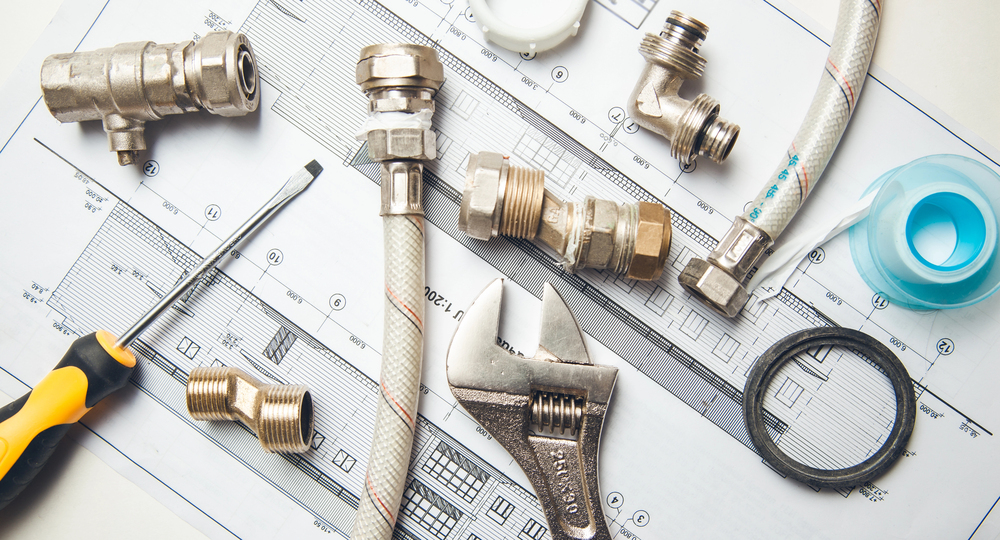Hose ends are vital to many industries as they allow hoses to be connected to other parts. Knowing the different hose end types is helpful, whether it’s for automotive, industrial, or hydraulic applications. This post covers the features and applications of the three most common hose end types: AN, Push-Lock, and Crimped.
AN Hose Ends
AN hose ends are popularly used in automotive and racing applications. They offer high performance and reliability, which are crucial in many industries.
AN Hose End Characteristics
AN fittings have a 37-degree flare angle, which creates a positive seal. They are often constructed from aluminum or stainless steel for durability and corrosion resistance. The fittings are blown with a dash number representing the diameter of the hose.
Uses of AN Hose Ends
These fittings can be used in high-pressure systems like fuel, oil, and brake lines. Due to their strength under extreme conditions, they make an excellent choice for racing and performance vehicles. The precision-oriented design minimizes leakage, which increases safety and efficiency.

Push-Lock Hose Ends
Push-lock hose ends are ideal for applications that require a quick and easy assembly solution. They also provide more flexibility and ease of use.
Push-Lock Hose End Features
Push-lock fittings do not need clamps or crimping tools. The connection is made by pushing the hose over the fitting. The ends are usually made of brass or aluminium, providing durability and longevity. They are suitable for low- to medium-pressure work.
What Are Push-Lock Hose Ends Used For?
Push-lock fittings are often used in air and fluid transfer systems where quick assembly and disassembly are necessary. They are heavily implemented in applications such as pneumatic tools, compressors, and even cooling systems. This simplicity gives way to a design-friendly nature that is as suited for the hobby shop as it is for the production floor.

Crimped Hose Ends
Crimped hose ends are a solid and permanent option in high-pressure situations. These inflatable fittings are used in manual and hydraulic presses.
Features of Crimped Hose Fittings
Crimped fittings are held on by a crimping tool, which compresses the fitting onto the hose. This punched process assures a tight fit and prevents leaking. Crimped ends, constructed from materials such as steel or brass, are made for superior strength and longevity. So, they are great in high-pressure, high-temperature conditions.
Crimped Hose End Applications
These are found in hydraulic machinery, construction tools, and industrial systems. Their capacity to endure exceptional pressures makes them essential for heavy-duty applications. Crimped connections are permanent and eliminate the concern that the fitting will come loose over time.

Selecting a Proper Hose End
The correct hose end is chosen for multiple reasons: the application, the pressure needed for that specific application, and ease of installation.
AN Hose End Considerations
AN fittings have long been a favorite for performance vehicles where pressure and accuracy are critical. They are easily adaptable to your needs since they are available in a variety of sizes and have excellent corrosion resistance.
Push-lock hose end considerations
Push-lock fittings provide ease and versatility in scenarios where the speed of assembly is essential. They are best for temporary or frequently changing setups.
Crimped Hose End Considerations
Crimped hose ends should be used for permanent and higher-pressure applications when ease of use is critical. They are best for systems that will not be disassembled often.
Conclusion
The differences between AN, push-lock, and crimped hose ends, with their use, should help you choose the right solution for your application. There are different hose end types available for various purposes. AN, push-lock, and crimped offer multiple benefits across different industries based on type and application area.
Selecting the proper hose end will assure a reliable, efficient connection based on whether high performance, convenience, or strength is desired. Knowing the types of fittings available will give you the insight necessary to choose appropriate fittings for better safety, function, and functionality.
Image Credit: depositphotos.com






























